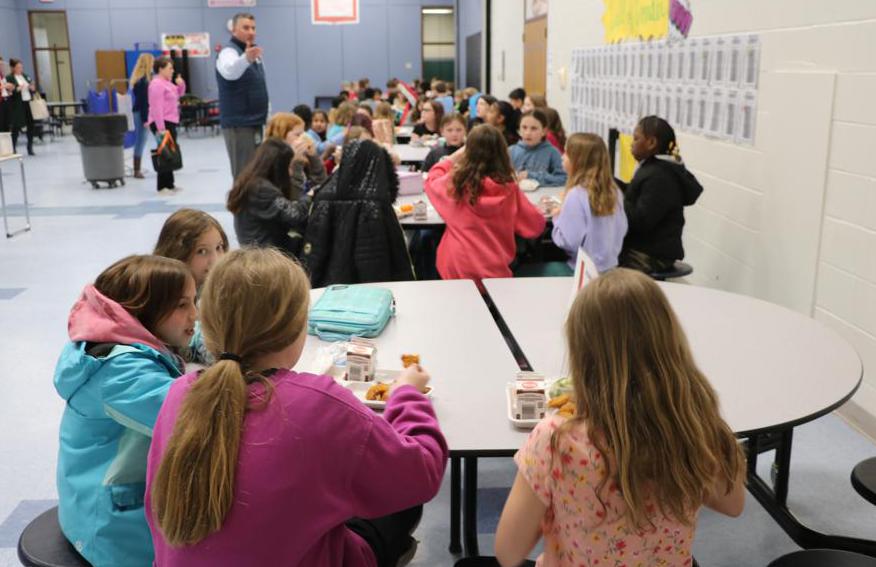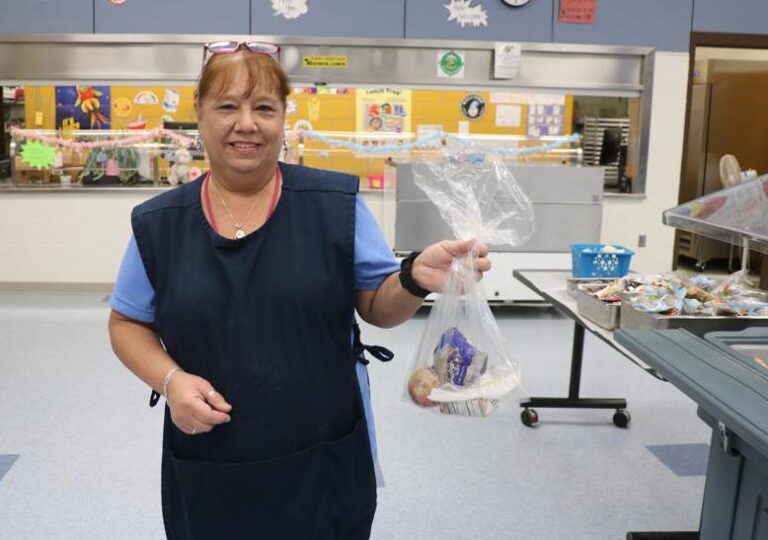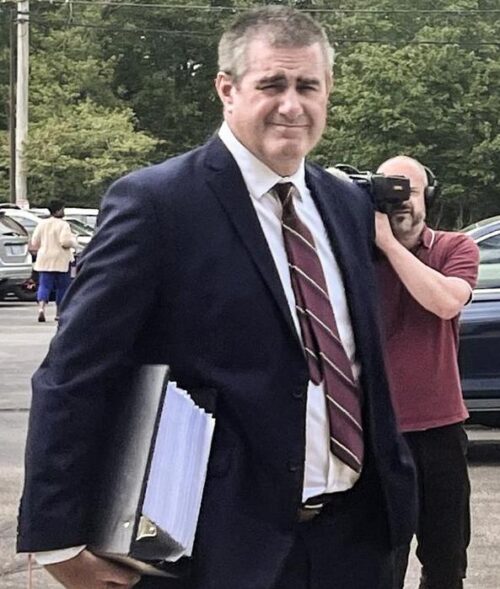
CONCORD, N.H. — One Sunday in May, Joseph Dame was at home chipping away at paperwork when he got an emergency call: Three families in Madison, N.H., had run out of food.
“I don’t get paid ‘til next week. I can’t afford to buy food this week,’’ Dame, a food pantry volunteer, said one of the mothers told him.
He gave the families provisions for the week, but said this kind of emergency is happening more frequently. Each month, he’s seeing more people come to the Madison Food Pantry, many for the first time.
Amid sweeping federal cuts, the charitable food system is straining to meet the need, as more people seek help and less money is available to assist them. And private philanthropy isn’t enough to fill the gap.
Experts warn high food costs have driven up demand, at the same time that federal cuts have hobbled the nonprofits and charities that have long provided free food to people in poverty struggling to get enough to eat. And advocates fear the gaps could widen if proposals to cut federal safety net programs, including the Supplemental Nutrition Assistance Program, are finalized.
“There’s no way the charitable food system is going to be able to pick up the slack,’’ said Laura Milliken, executive director of New Hampshire Hunger Solutions. ’’They’re already completely overburdened.’’
While private philanthropy can address emergency food needs, she said, it isn’t designed to lift people out of poverty and solve hunger.
Plus, money is tight right now. Inflation and the economic uncertainty around tariffs are also impacting the philanthropists and foundations that give to charitable causes, as they field urgent requests for funding from all angles. Affordable housing projects, substance use treatment initiatives, and emergency fuel assistance have all lost federal funding.
“We are all looking for that funding,’’ said Elsy Cipriani, executive director of the New Hampshire Food Bank, the state’s only food bank. “I think it is putting some funders in a very difficult and challenging situation between deciding which cause to support.’’
With decreased funding, the Food Bank is trying to do more with less, Cipriani said.
About 10 percent of New Hampshire residents don’t have enough to eat and don’t know where their next meal will come from, a 2024 report from Feeding America found, about a 43 percent increase compared to the previous year.
While Maine, Vermont, and Massachusetts offer free school meals to all, New Hampshire, Rhode Island, and Connecticut do not.
A patchwork of organizations provide free food to people in need in New Hampshire, including food pantries, homeless shelters, soup kitchens, and senior centers. About 400 of those agencies receive on average 60 percent of their food from the New Hampshire Food Bank.
But this year, the Food Bank said, it has to shrink some efforts, after the US Department of Agriculture cut about $1 million for a program called New Hampshire Feeding New Hampshire. Of the organization’s roughly $15 million annual budget, the cut in March eliminated about $300,000 per year over the next three years of money for purchasing healthy local food.
An additional $1 million in food orders placed by social service agencies from May to July has also been canceled by USDA, according to Jeanne Agri, CEO of the Belknap Merrimack Community Action Program.
Private philanthropists are working to address the problem through different programs around the state. With a $225,000 grant from the Maine-based grocery chain Hannaford, New Hampshire Hunger Solutions is working to encourage more children to eat breakfast at school, including at the Concord School District, where the school provides grab-and-go breakfasts for students. Right now, only 20 percent to 25 percent of students there do so, according to Donna Reynolds, the school nutrition director.
New Hampshire Hunger Solutions is touting the success of the breakfast challenge: Kennett Middle School in Conway, N.H., increased breakfast participation by 53.2 percent this year.
But those accomplishments come as advocates brace for even deeper cuts that could affect the most vulnerable. Proposals in Congress to slash programs such as the Supplemental Nutrition Assistance Program are “terrifying,’’ said Milliken of New Hampshire Hunger Solutions.
In New Hampshire, SNAP serves about 77,000 people who receive grocery money on a benefits card. Milliken called the program a stopgap used by families to help lift them out of poverty. Data shows most people leave the program after a year to two years of receiving benefits.
Amanda Gokee can be reached at amanda.gokee@globe.com.


